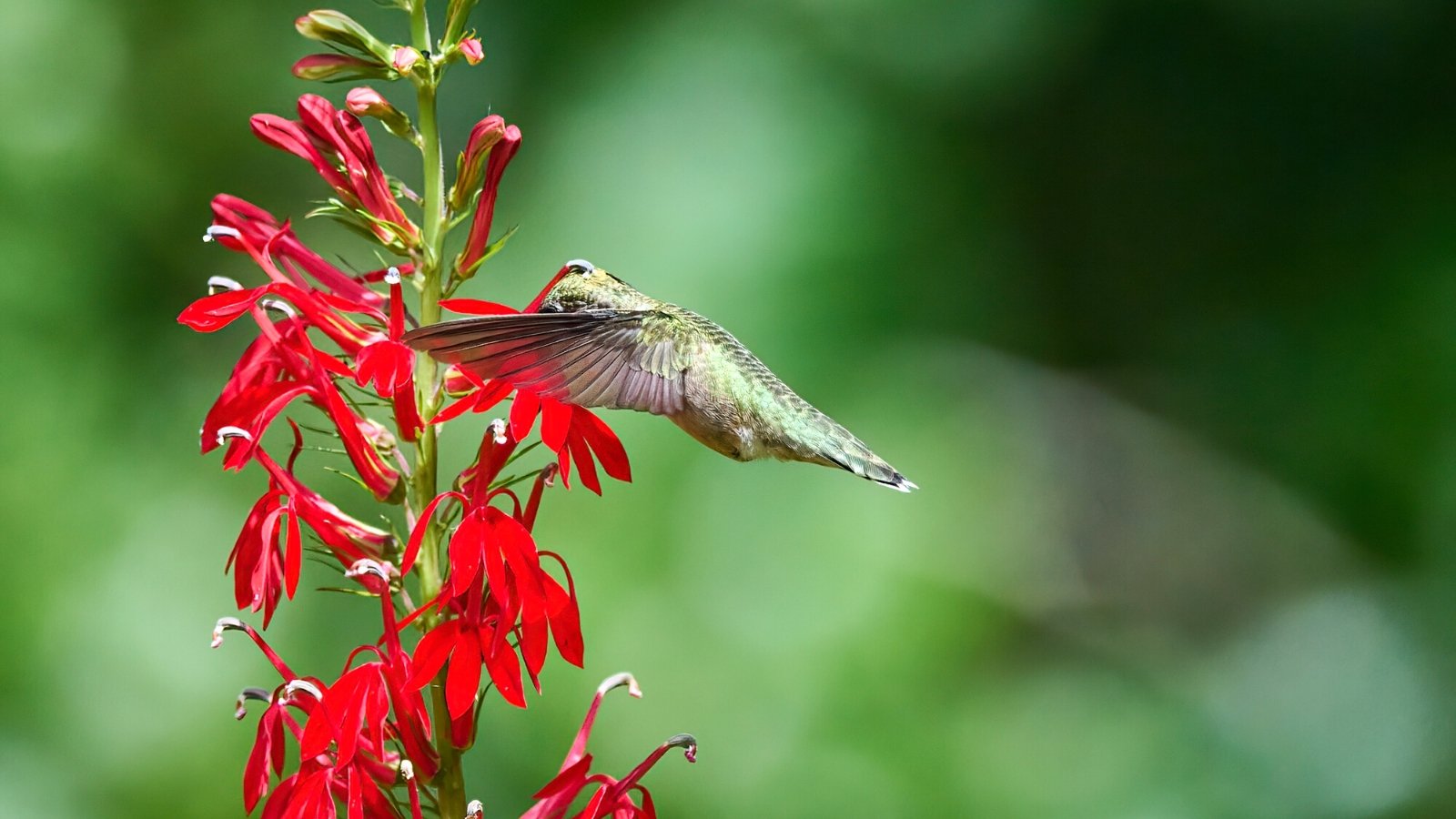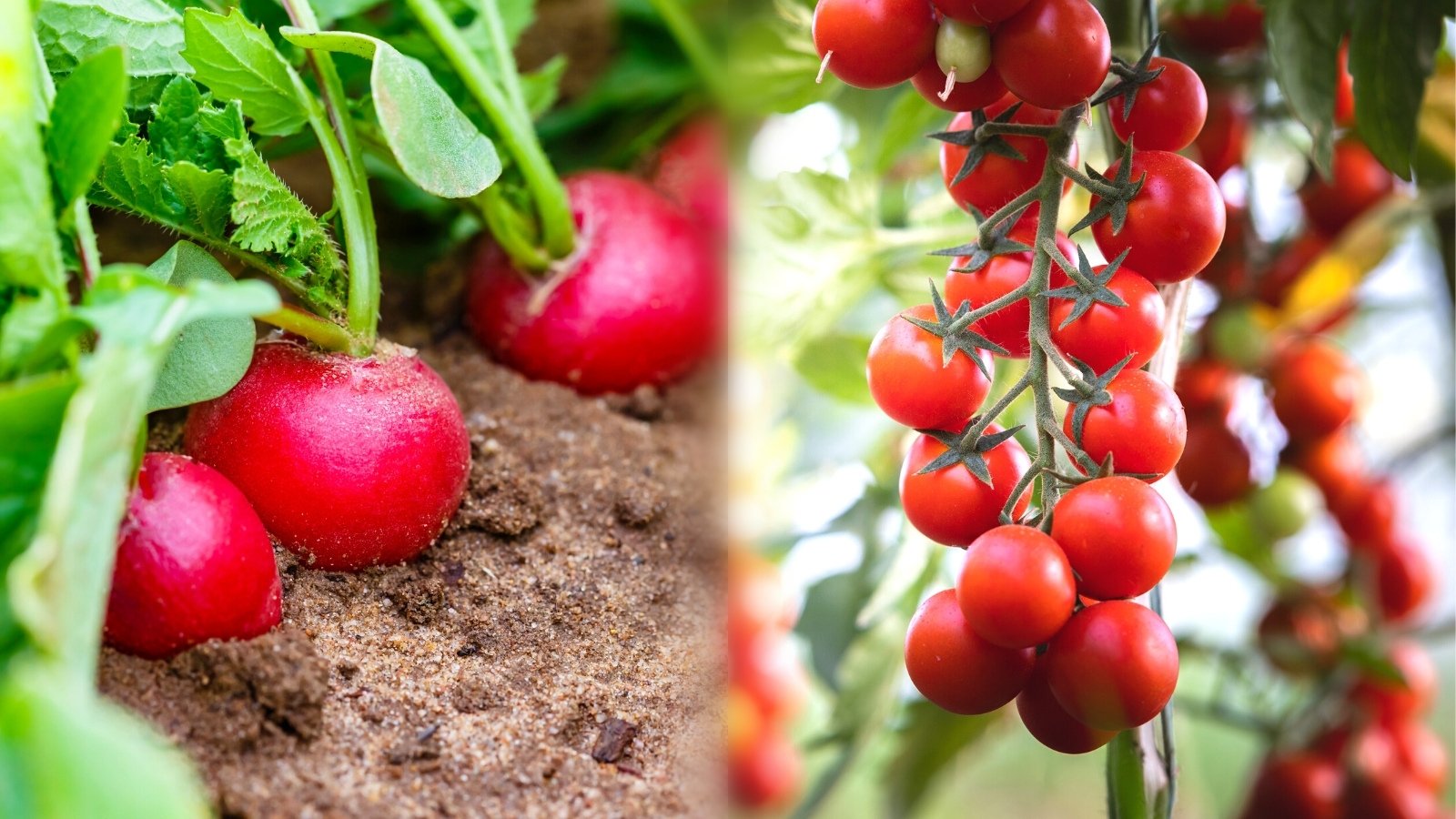If you haven’t read the first post in this urban farming business series, go back and do that before you continue!
In my first post I talked about the business idea and how it got started. I also talked about how I went out and pitched customers, validated the idea, and even landed a client. I got some feedback on that post and it seems like many wish to learn more about the numbers and the basic setup of the business. Seeing as I just got back from the delivery with one of my clients, I figured there’d be no better time to sit down and write down the second chapter of the story.
The Setup
Some people expressed an interest in seeing how the greens are grown, so I figured I would link you to a post that I have already done on the subject:
If you have any more questions, let me know!
Asking the Right Questions

It seems like every business has different metrics that need to be measured to determine profitability. As a business owner, you have to know certain things about your operating procedures in order to optimize them for the lowest cost, highest output, or highest profit.
I have never run a physical product business before, but I was very aware of this fact and my mind was immediately thinking about all of the different things I would need to know in order to run a well optimized business. I sat down and brainstormed all of the questions that I needed to answer if I was going to pursue the business. To me, this is a very effective way of understanding all of the challenges that you will need to overcome if you want to grow your business. Here’s what I came up with:
Growing Process Questions
- What type of medium to grow the microgreens in (coconut coir, organic soil, synthetic material – or a mixture?)
- How long does each plant take to grow to a harvestable stage?
- How many ounces of dry seed of each different plant translates into how many ounces of harvestable greens?
- How much water does it take to bring one tray from germination to maturity?
- How do I grow plants properly so I can get a restaurant on a consistent weekly delivery schedule?
- How much time does it take to harvest one tray?
- What is the best way to package the greens for maximum freshness, while also keeping costs manageable?
Pricing and Sale Questions
- How much should I sell the greens for?
- What unit of measure would be the standard amount for sale?
Competition Questions
- Who is my main competition?
- What is my unique advantage over my competitors?
- How do I convey this advantage to my potential customers?
- Is it feasible for me to beat the competition, or are they entrenched?
Supply Questions
- How do I keep my costs low for seeds, growing medium, and equipment?
- Where can I find the best supply of high-quality bulk seeds?
- How do I ensure that I waste as little as possible of both dry seed and harvested greens?
The Numbers
After I brainstormed all of these questions, I set out to tackle them one by one. The first thing I had to do is see if I was looking at a profitable business, or simply a hobby income. To do this, I had to know how much dry see translated into how much harvestable greens. This would allow me to add up the costs for growing medium, seed, water, and labor, and compare that to the amount of money I can make out of 1 pound of seed.
It’s very tough for me to come up with the exact profitability of each type of microgreen, because they all cost a different amount for a pound of dry seed, as well as produce a different harvestable yield per ounce of dry seed. I’m still running through the numbers for most of my varieties, but I will give you an example of one variety that I feel is relatively accurate.
Arugula
Arugula is a very popular salad green that has a punchy bite to it. It is one of the most popular greens that I sell. I can purchase 1 pound of arugula seeds for $8.70. So far, I’ve been seeing one tray with about half an ounce of seed. That means that I can see around 32 trays with 1 pound of seed. So far, my measurements have shown me that one tray of arugula will output about 6 to 8 ounces depending on how long I let it grow. Taking the low end of 6 ounces, multiplying by 32 trays, and finally by $2/oz, we get a potential of $384 out of a single pound of arugula.
Now let’s look at the costs. I am using a growing medium that cost me about two dollars per tray right now, though that is subject to change in the future. Labor wise, it probably takes about 20min total to plant, water, and harvest a tray. However, batching significantly decreases this time, so let’s assume it takes around 10 min. total. So, I’m looking at a cost of $64 + $8.70 + 5.5 hours to produce around $384 of revenue. Subtracting monetary costs and dividing for time, we get an hourly rate of about $56.60.
Yes, I know there are a LOT of assumptions in this calculation.
For instance, the first thing to note is that arugula is by far one of the cheapest seeds that you can buy. Other varieties I grow cost anywhere from $15-$60 per pound. That is going to take a nice chunk out of revenue. There’s also the issue of time. When I have more clients, my time cost is going to go lower and lower, because I will be able to batch both growing and delivery. Currently I am making a single trip for a single client, because I do not have enough business in the area (yet) to batch deliver. The profit calculation is something that I’m tracking and Excel and it is always changing as I learn more about each variety of plant, how to minimize costs, and how to maximize yield.
How To Optimize This System
I and dedicated to figuring out the best way to optimize my growing processes to increase my revenue and lower my costs. Here are the ways that I thought of so far:
- Buy seed in 5lb increments to take better advantage of bulk purchase discounts
- Buy growing medium and larger quantities for the same reasons as above
- Optimize growing time of each green so that I get the most yield per tray and harvest at maximum microgreen size
- Optimize watering to use the perfect amount of water
- Automate or outsource planting, watering, and harvesting in order to cut down on labor time
- Batch delivery (requires more clients in a geographic location) to cut down on delivery time
I’m sure as I learn more there will be more ideas, but that’s what I’ve come up with for now. Hope this is a helpful look at some of the numbers and inner workings of the business. Let me know in the comments if you have any other questions or would like some clarification – as I said, I am very new at this type of documentation and I hope that it is helpful for some of you.















